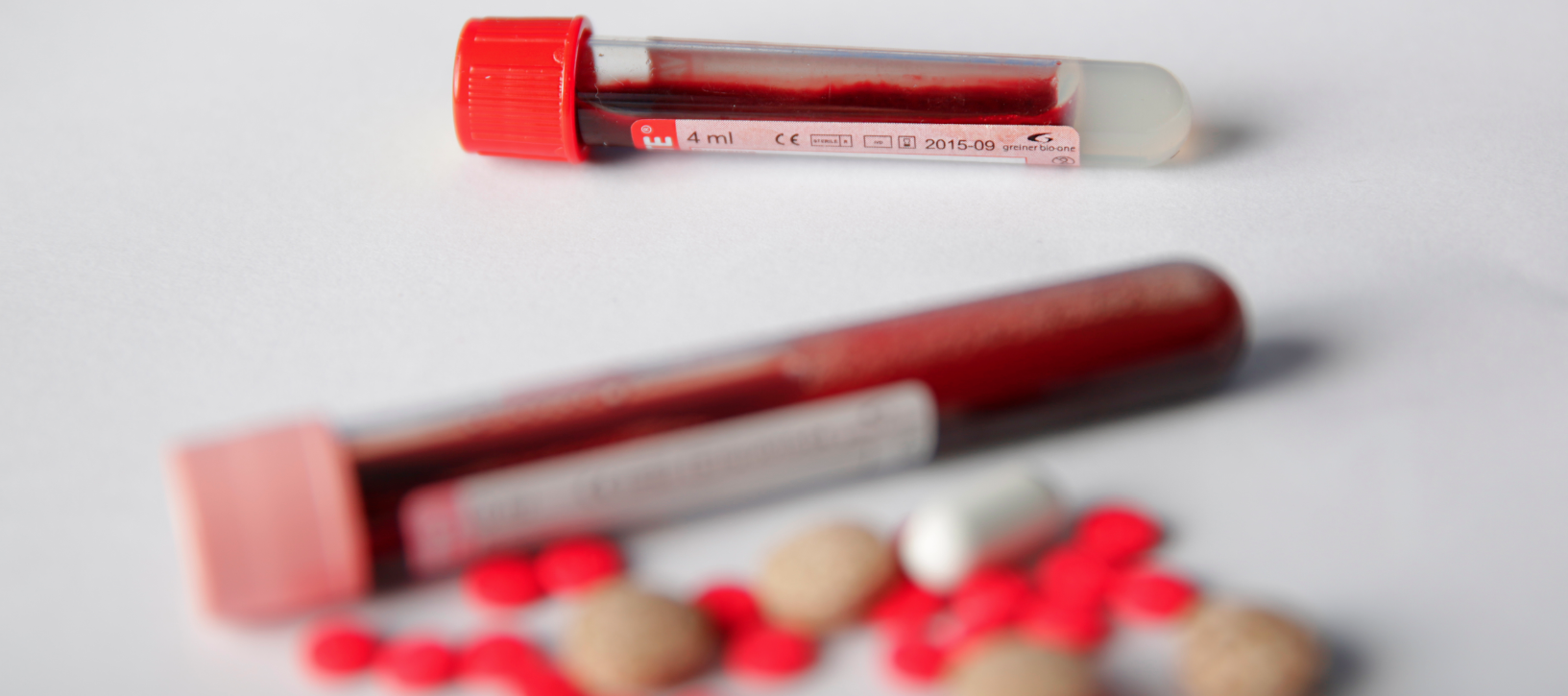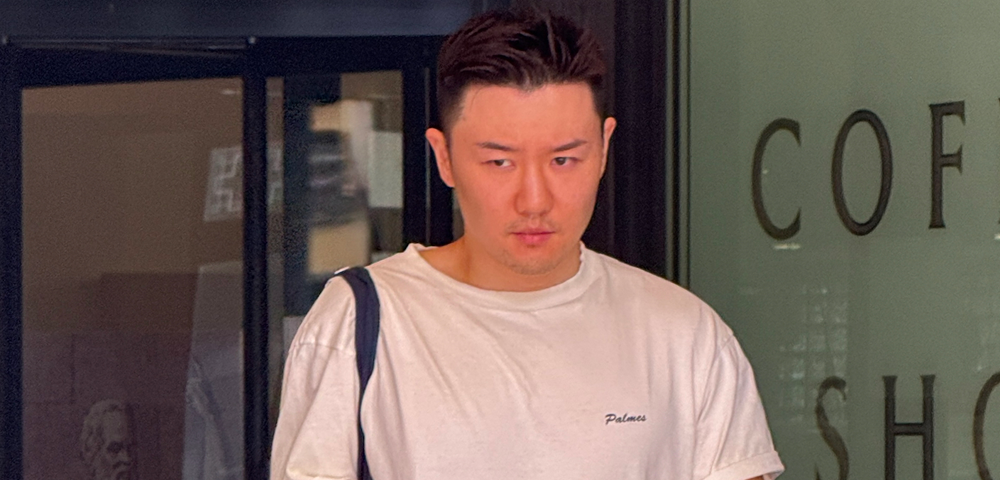
New report shows rise in new HIV transmissions in marginal communities

The Kirby Institute’s Annual Surveillance Report 2017 was released today, showing that rates of new HIV transmissions among gay and bisexual men relatively stable alongside a rise in PrEP use.
Operating out of the University of New South Wales, the Kirby Institute report provides an annual understanding of trends in STI diagnoses in Australia.
One of the major findings of the 2017 report is that while HIV prevention strategies are proving extremely effective among gay and bisexual men, HIV transmissions in marginal communities are on the rise.
The report shows 1013 new HIV transmissions in 2016, compared to 1,027 in 2015 and 1,084 in 2014.
Sex between men is still the way HIV is most commonly transmitted, accounting for 70 per cent of cases.
Of those 1013 new cases, 46 identified as Aboriginal or Torres Strait Islander, double the rate in the non-Indigenous Australian-born population.
The new research shows that testing, prevention and treatment services are too scarce in Aboriginal and Torres Strait Islander communities, leading to an increase in new transmission over the past decade.
And while there has been a decrease in new transmissions among Australian-born men, there has been an increase in HIV transmission rates among men born outside Australia.
Diagnoses in overseas‑born men remained stable between 2007 and 2010 (range 179–190) but has since increased to 311 diagnoses in 2016.
Of new transmissions among overseas-born men, the rate among men who were born in Asia has increased over the past 10 years from 30 per cent in 2007 to 58 per cent in 2016.
55 per cent of late HIV diagnoses were among heterosexual people, compared to 24 per cent in instances of transmission resulting from sex between men.
The report also showed a 63 per cent increase in rates of gonorrhoea since 2011, made up primarily of young heterosexual men and women.
UNSW’s Centre for Social Research in Health also released a report showing PrEP use among gay and bisexual men has increased from 2 per cent in 2013 to 5 per cent in 2016.
It also showed that the proportion of HIV positive gay men on treatment increased from 57 per cent in 2007 to 88 per cent in 2016
“There is a lot of hope pinned to the new HIV prevention pill PrEP and once it’s made available at an affordable price through the PBS it will definitely make a huge dent in the HIV transmission rate,” said Darryl O’Donnell, CEO of the Australian Federation of AIDS Organisations.
“HIV treatment is extremely effective, and it’s important that people commence treatment immediately when they are diagnosed,” Mr O’Donnell said.
“With the astonishing effectiveness of HIV antiretroviral therapy, it is essential that all people who are HIV positive are receiving its benefit.”
In 2016, close to one third of gay men had three or more HIV tests within the prior 12 months.
“We are seeing strong increases in HIV testing and treatment and great interest in the new HIV prevention pill, PrEP. The shows a continuing commitment of gay and bisexual men in how they are responding to HIV.”
Addressing the Australasian HIV&AIDS Conference, Associate Professor Martin Holt spoke of a need to improve services for marginal communities.
“Whilst we celebrate our successes we must also be aware of the key populations for whom we can and must do better.
“We have seen how policy that embraces the latest science appears to be dramatically reducing new HIV diagnoses in gay and bisexual men in the eastern states,” Holt said.
“Now we must consider how to use the same evidence-based approach to address HIV in under-served populations.”









